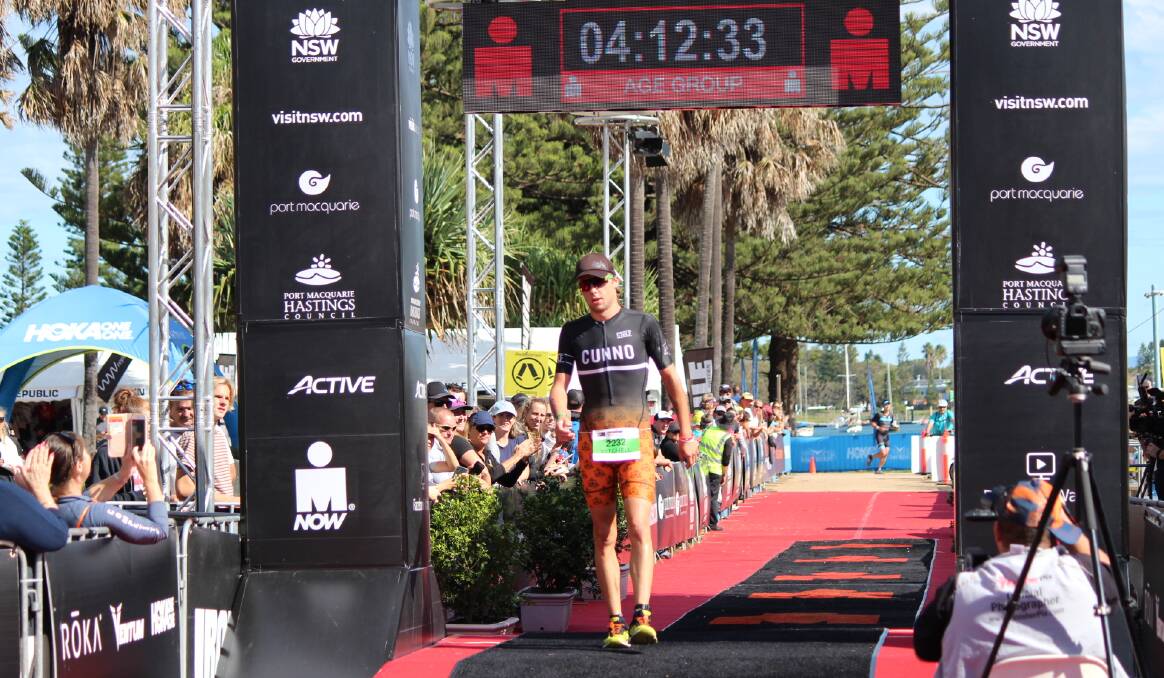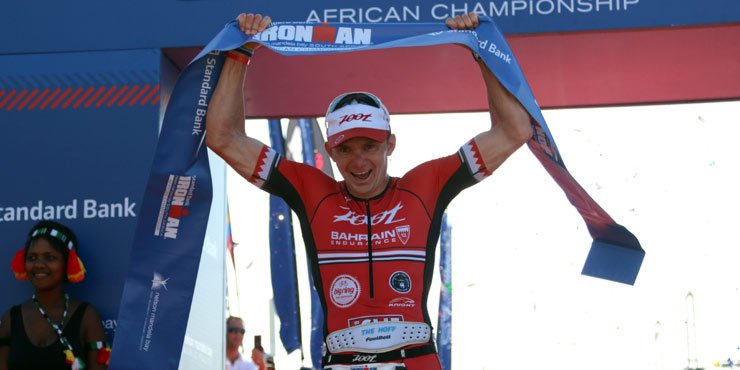Ironman 70.3 Qualifying Slots
- Ironman 70.3 World Championship Qualifying Slots
- Ironman 70.3 Qualifying Times
- Ironman 70.3 Qualifying Slots Tournaments
- Ironman 70.3 Qualifying Slots Results

Details on the 2021 SunSmart IRONMAN 70.3 Busselton World Championship Qualification will be updated shortly. Below is for information only.
World Championship Roll Down Process

World Championship Qualifying Slots: 35 Qualifying slots for the 2021 IRONMAN® 70.3® World Championships in St. George, Utah are up for grabs at IRONMAN 70.3 Bintan. The IRONMAN 70.3 Bintan is one of the first qualifying races in the Asia Pacific region. Click here for more information on qualifying for the IRONMAN 70.3 World Championships. IRONMAN 70.3 WEYMOUTH SECURES ADDITIONAL QUALIFYING SLOTS. IRONMAN are delighted to confirm that IRONMAN 70.3 Weymouth has been chosen as one of only two events in Europe to receive 25 additional qualifying slots for the 2018 IRONMAN 70.3 World Championship, South Africa.
The 2020 IRONMAN 70.3 Busselton will have 40 slots to the 2021 IRONMAN 70.3 World Championship held in St George, Utah, USA, 17-18 September 2021.
During Athlete Check-In you will be asked to ‘opt in’ and confirm you intend to accept a slot should you qualify for the IRONMAN 70.3 World Championship. If you are successful in obtaining a Qualification slot, we will be in contact 24hrs after the race to advise. You have 48hrs to complete your registration and pay the registration fee. If you do not complete the registration within 48hrs, the slot will roll down.
You cannot change your mind after Athlete Check-In, therefore if you are unsure, its better to ‘opt in’.
For up to date information please stay tuned to www.ironman.com/im703-world-championship for the latest information.
What is the Anti-Doping Policy for athletes accepting IRONMAN World Championship slots?

Each age-group athlete who accepts a qualifying slow for the IRONMAN World Championship or the IRONMAN 70.3 World Championship is subject to IRONMAN's Anti-Doping Rules and will be required to sign a waiver. The waiver serves to provide additional notification of and consent to IRONMAN's Anti-Doping Program, which includes IRONMAN's efforts to combat, deter, and test for doping in accordance with IRONMAN's Anti-Doping Rules. Please refer to IRONMAN's Competition Rules for additional guidance and information.

- 1
At the end of 2017, Ironman announced a new system for pros to qualify the Ironman and 70.3 World Championships. Now that we’re actually starting the 2019 season and you’re starting to look forward on your calendar, let’s review what you’ll see new this year and how it’ll change who’s on the start line come October.
How it works
The qualifying system for professional athletes now closely resembles the age group qualifying system. There is a minimum of one slot for men and one for women at each pro race; if the winner already has a spot, it rolls down until someone takes it.
There are a few specifics unique to the pro field that can make it a little more complicated. The world champion gets an automatic spot for five years after winning. So, Daniela is set. Last year’s podium also automatically qualifies for next year’s race. And the 70.3 world champion gets an automatic spot to Kona and vice versa, just for fun. All of these require the athlete to complete a “validating” race, where they complete the distance within the racing year. Everyone else has to win a fresh spot this season (which actually started in the middle of 2018).
For 70.3 qualifying, there is one spot per gender at every pro 70.3 race and two at regional championships. There are 85 world championships slots available for men and 85 for women. Simple.
For Kona qualifying, there is one slot per gender at most races, two at regional championships, plus extra “floating slots” allocated to specific races, usually regional champions or bigger races Ironman chooses. (You can see the full pro calendar with its allocations here.) This is where it gets a little confusing. The two floating slots will either be split evenly between men and women or will both go to one gender, based on how many men and women are on the start line that day. More on this in a moment. There are 100 slots total.
The Good
- Under the old pro qualifying system, which required athletes to chase points, many felt there was an over-racing problem. Some of the best athletes showed up at Kona too tired to perform on the Big Island. This fixes that.
- Statistically, the pro women who qualified for Kona had raced on average more Ironman events than the men. The lower number of spots available required a higher number of points to secure one. This, in some ways, fixes that.
- It also lowers the barrier of entry for new athletes or athletes coming back from a pregnancy or injury. They no longer start the season at a point deficit. They just have to win one race.
- You want to qualify for the Ironman World Championship? Win an Ironman. You want to be a 70.3 star? Win a 70.3. Separating the qualification systems allows more specialization.
- All of this could make things more exciting, both as athletes battle it out in qualifying races and at the championships where you should have fresher athletes and the potential for more Cinderella stories.
The Bad
Ironman 70.3 World Championship Qualifying Slots
- It could also be a total crapshoot. Everyone has bad days and good days. Now you have to win to guarantee a spot, which means some people, who were consistent over the season but never outstanding on any given day, could be out of luck.
- There is also still quite a bit confusion over how Ironman allocates the “floating slots.” At Ironman Arizona, 15 women and 32 men started, and there were three slots for the men and one for the women. At the regional championships at Ironman Mar del Plata, 15 women and 23 men started; four men and two women got slots (not counting automatic qualifiers who were validating their spots). And at Ironman Western Australia, there were 10 female and 13 male pro starters and the slots were equal. Athletes are a bit frustrated at not knowing what they need to do to qualify.
- Despite assertions to the contrary, do not expect there to be an equal number of pro men and women on the Kona start line in October. The gender breakdown will likely be similar to previous years.
Ironman 70.3 Qualifying Times
Is it better?
Most athletes will agree the new system fixes a number of problems with the Kona Pro Ranking (KPR) system. But there’s also a reason Ironman switched to the KPR back in 2010-11. It was an attempt to award the best athletes over the course of the season (as opposed to just at any one race). There’s probably a combo qualification that could work best: some win and you’re in, some omnium overall spots.
Ironman 70.3 Qualifying Slots Tournaments
There’s also still the specter of inequality that continues to hang over the Kona start line. While the 70.3 spots are equal-equal, Ironman continues to grapple with the gender breakdown at its titular championship level.
Ironman 70.3 Qualifying Slots Results
It seems likely Ironman will tinker with its allocation formula. Expect small changes around the edges in future years. It also seems likely there may be fewer 70.3 world spots in years to come; 85 for each gender is a ton, and it seems unlikely that many pros will actually make the start. But for now, this is what you’ll see from your favorites racing towards the fall championship season.